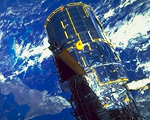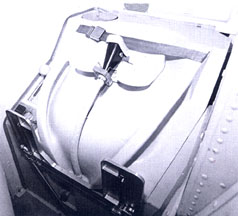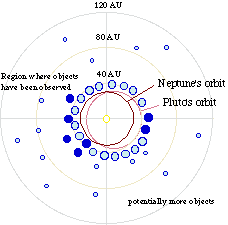When a satellite is held in orbit, what is it orbiting relative to? What's so special about the orbit of geosynchronous satellites?

Well, you're on to something, Elliott. The Space Satellite Handbook defines a satellite as a small body orbiting a larger body. So when a satellite is held in orbit, it is orbiting relative to a larger body. An example is the Surveyor probe which just entered into orbit around Mars. The Surveyor is a satellite in this system because it orbits Mars (the larger body).
Geosynchronous satellites are those man-made satellites which always orbit the Earth at an altitude of 35,785 kilometers (22,236 miles). But that's not all that is special about these satellites. These satellites revolve around the Earth at the same speed at which the Earth rotates, or geosynchronous satellites complete one orbit in exactly one Earth day. Because the orbital velocity matches the spin rate of the Earth, a satellite in geosynchronous orbit appears to hover motionless over a single location on Earth. Because these satellites always look at the same region of the Earth, they are often used to study environmental conditions for that specific region.
In 1945, Arthur C. Clarke wrote of such satellites that would hang stationary over one spot on the Earth's surface. So the region of space where geosynchronous satellites fly is fondly termed the Clarke Belt.
Submitted by Elliott (England)
(September 30, 1997)












